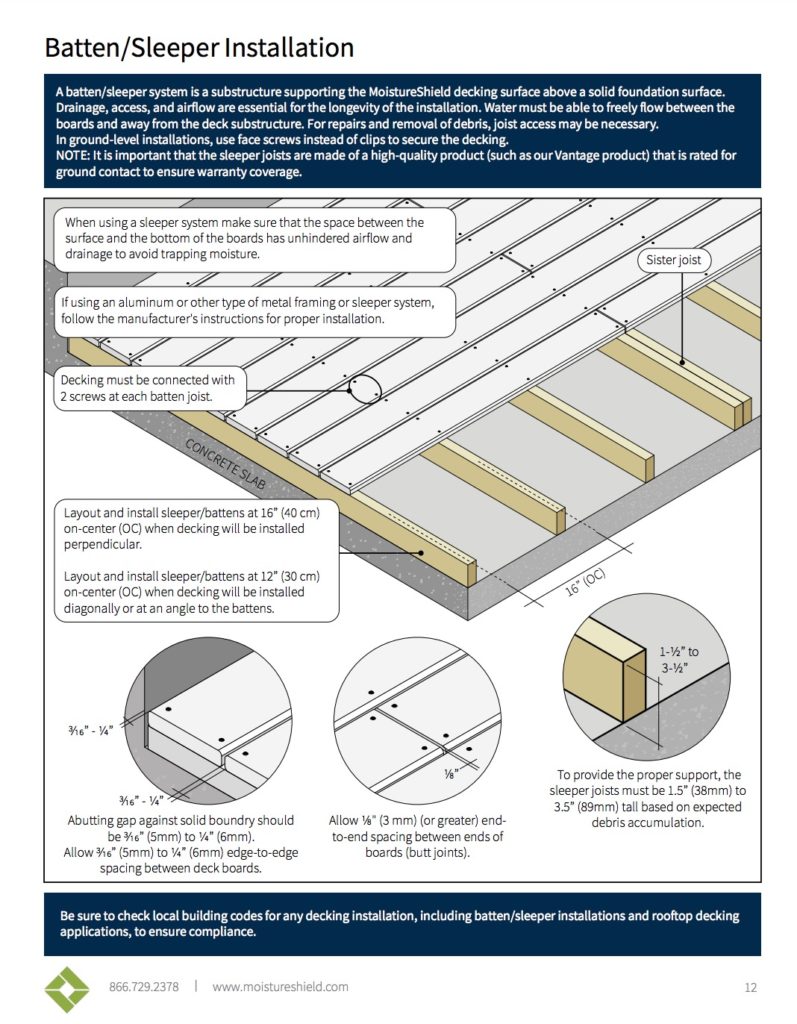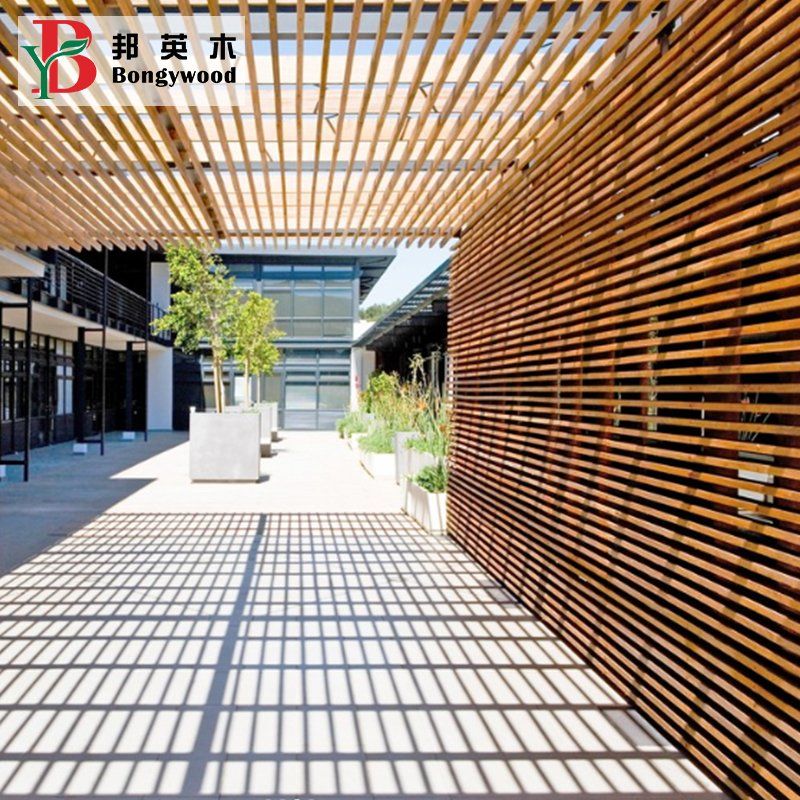
Can A Composite Decking Kit Be Laid Directly On The Ground?
July 28, 2024What’s the Weather Resistance of Composite Timber Cladding
August 17, 2024
Innovative Solutions in Architectural Cladding: The Rise of WPC Grilles
As sustainable construction practices gain global momentum, wood-plastic composite (WPC) grille systems have emerged as a transformative solution for contemporary architectural projects. These advanced wood-plastic grille ceilings combine ecological responsibility with engineering excellence, offering superior performance for both residential and commercial applications.
Core Advantages of WPC Grille Systems
- Environmental Compliance: Formulated with zero formaldehyde and non-toxic polymers, WPC materials meet strict international green building standards (LEED, BREEAM)
- Enhanced Structural Integrity: Engineered with aluminum alloy substrates for exceptional load-bearing capacity (up to 150kg/m²)
- Climate Resilience: UV-stabilized components withstand temperature fluctuations (-40°C to 70°C) without warping or degradation

Technical Specifications & Design Flexibility
Modern WPC grille systems offer architects unparalleled creative freedom through:
| Modular Grid Sizes | 100x100mm to 300x300mm configurations |
| Surface Treatments | Thermofused woodgrain patterns | Solid-color laminates |
| Fire Performance | Class A2 fire rating (EN 13501-1 standards) |
Commercial Applications: Beyond Aesthetics
Leading architectural firms now specify WPC grilles for critical infrastructure projects including:
- Museum climate control ceilings
- Hotel atrium ventilation systems
- Ecological park walkways
- Office building acoustic solutions
Lifecycle Cost Analysis
Comparative data reveals WPC systems deliver 65% lower maintenance costs versus traditional wood over 15-year cycles. Key financial benefits include:
- Zero periodic sealing/repainting requirements
- Insect resistance eliminates fumigation costs
- Modular replacement reduces repair expenses
“The integration of WPC grilles in our luxury resort project reduced installation time by 40% while achieving BREEAM Outstanding certification.”
– Architectural Digest Case Study
Installation Best Practices
Professional installers recommend:
- Maintaining 10mm expansion gaps for thermal movement
- Using stainless steel fasteners (Grade 304 minimum)
- Implementing proper substrate preparation (≤3mm tolerance)
For comprehensive technical specifications and material safety data sheets, visit plastory.com.
Future-Proofing Architectural Design
As building codes evolve toward net-zero requirements, WPC grilles position themselves as essential components through:
- 98% recyclability at end-of-life
- Integrated cable management channels
- Compatibility with smart building sensors
This innovative cladding solution continues to redefine sustainable architecture, blending environmental stewardship with cutting-edge design possibilities.

